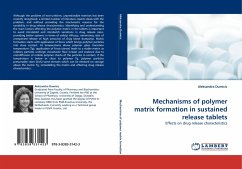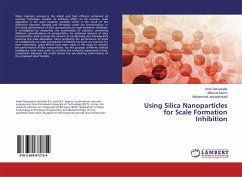In this work, the storage capacity of carbon dioxide hydrate in water in the presence of graphene oxide and sodium dodecyl sulfate and surface tension, degree of nucleation and super saturation at different temperatures, pressures and concentrations of TBAB and SDS additives were measured using Induction time was calculated and investigated.Gaseous hydrates are crystalline solid compounds formed by trapping gas molecules in cages composed of hydrogen bonds of water molecules. Trapped gas molecules such as CO2, CH4 and N2 are known as "guest" molecules and water molecules that make up the hydrate structure are known as "host" molecules. Gaseous hydrates are non-stoichiometric solids that are similar in appearance to ice (or snow) but completely different in structure. Water molecules in the structure of the hydrate, like the structure of ice, form hydrogen bonds together, creating hollow (cage-like) cavities and instability. At specific temperatures and pressures, and in the presence of gas molecules commensurate with the size of the cages, hydrates are formed.








